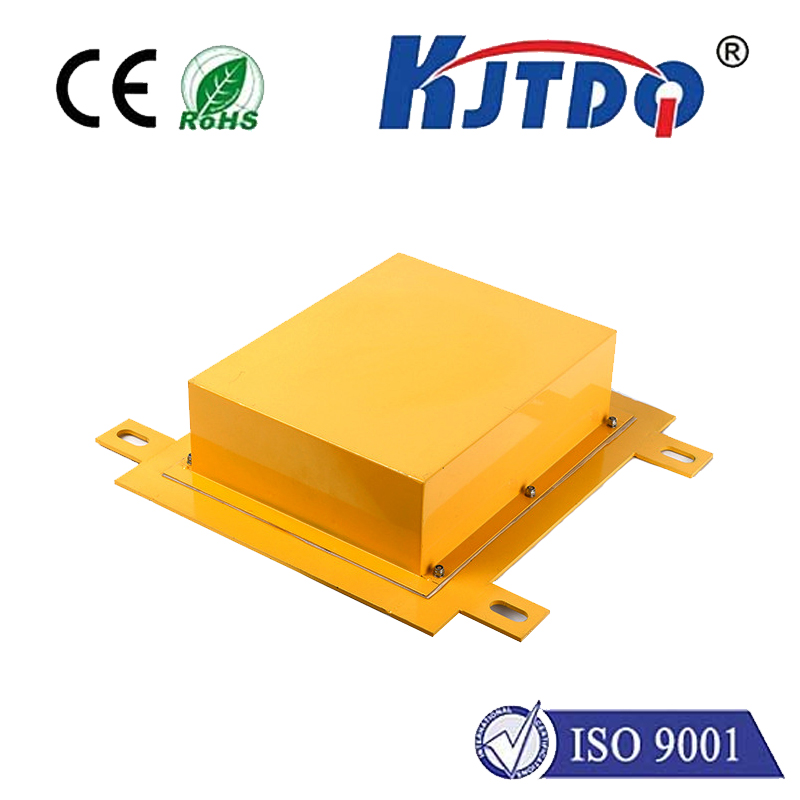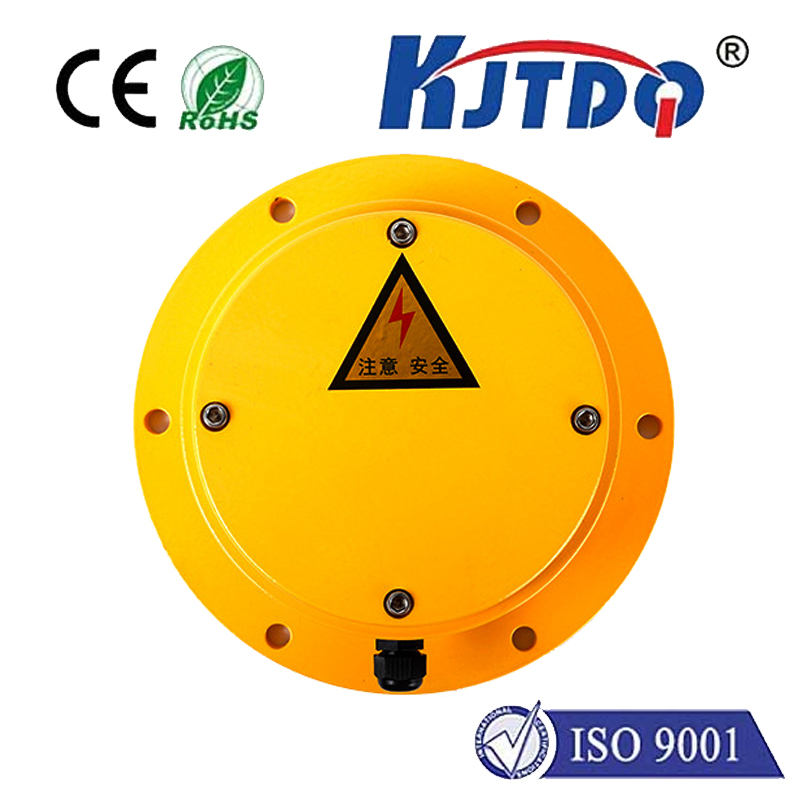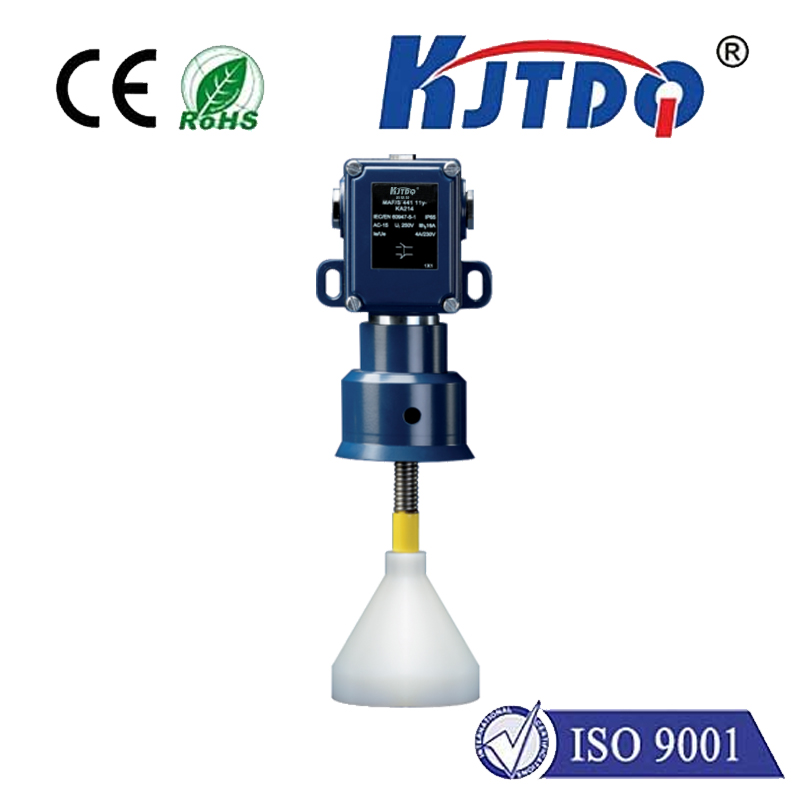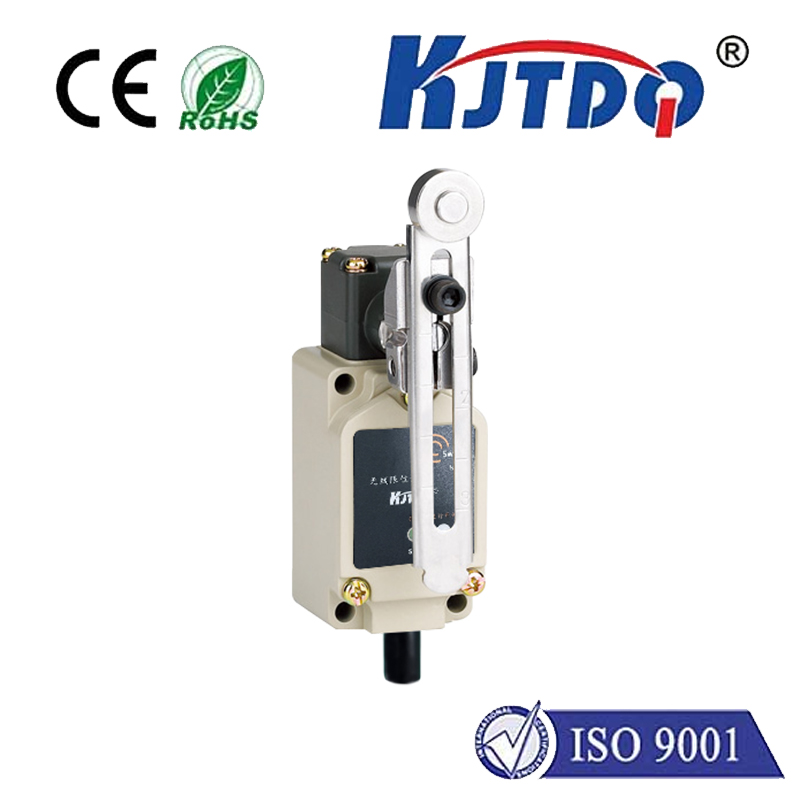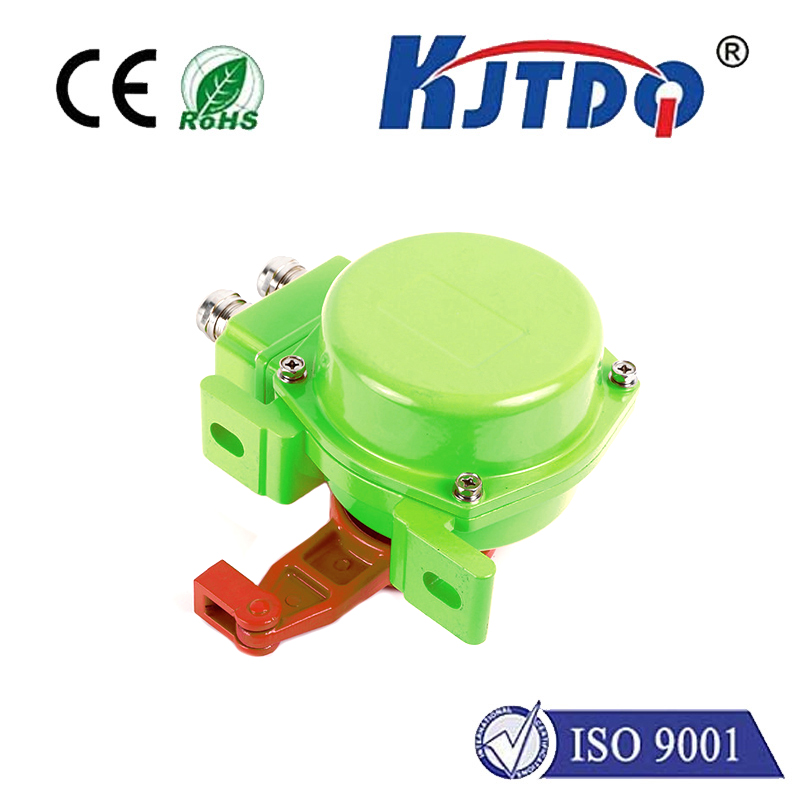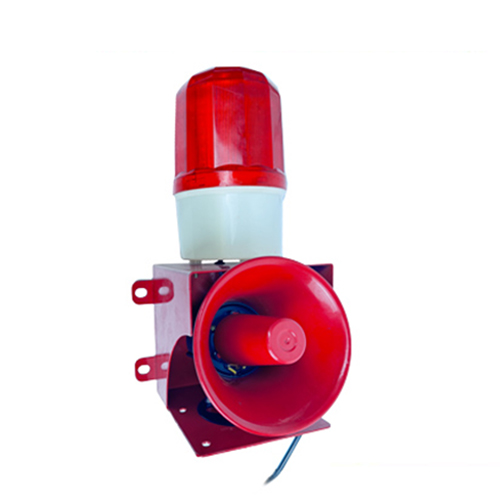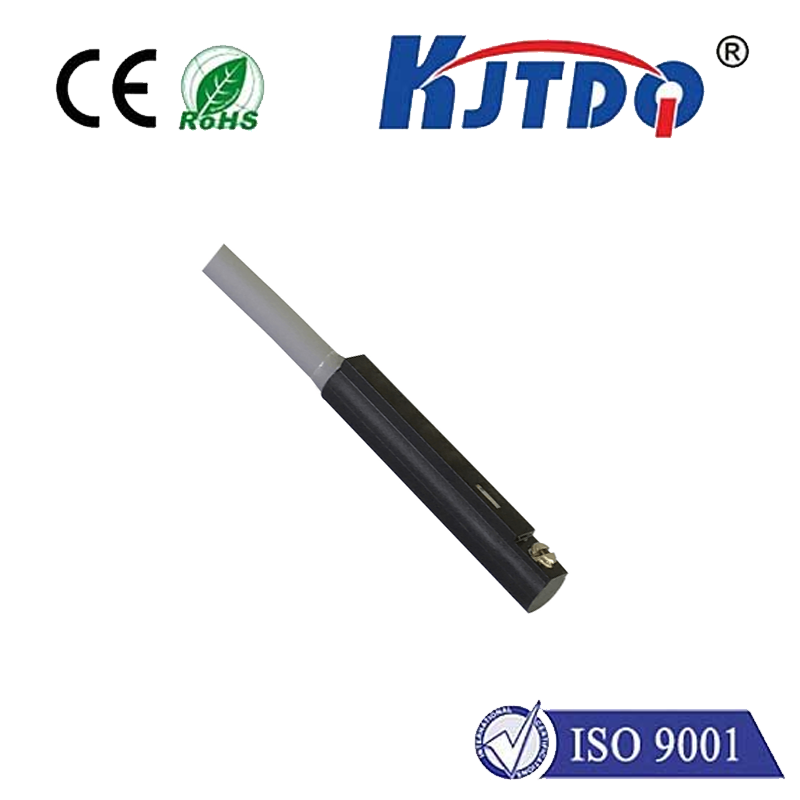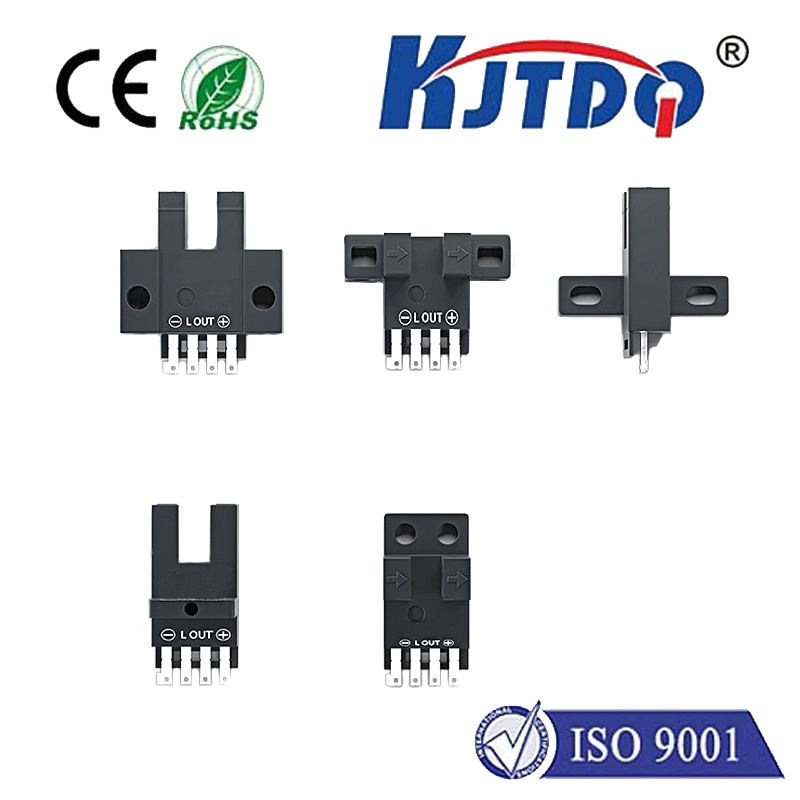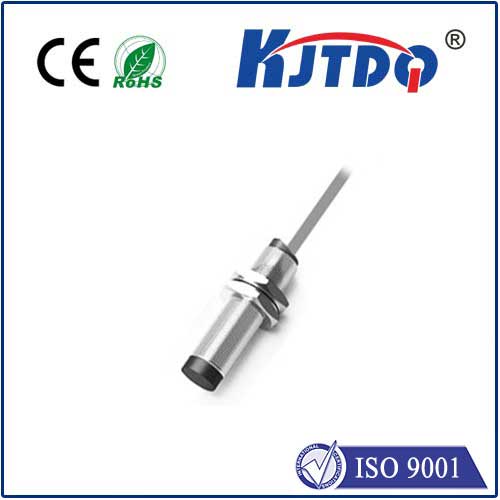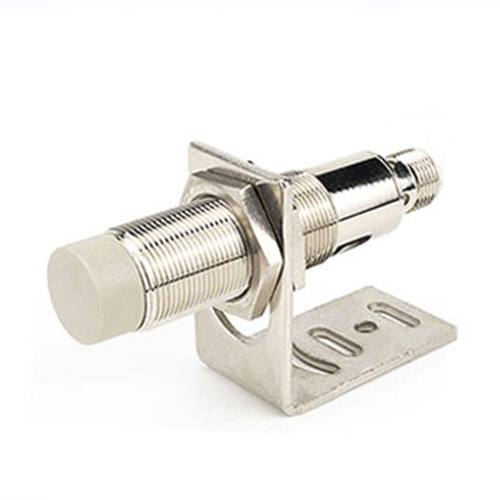

check

check

check

check

check

check

check

check

check

check
In the world of automation and industrial machinery, precise control is essential for efficiency and productivity. One component that plays a crucial role in achieving this precision is the limit switch sensor. This article will explore the function, types, and applications of limit switch sensors, highlighting their importance in modern industries.
The Function of Limit Switch Sensors
A limit switch sensor is a device used to detect the presence or absence of an object, typically within a machine or system. When the object reaches a predefined position, the limit switch triggers a signal that can be used to initiate or terminate a particular action. For example, it can stop or start a motor, raise or lower a load, or send a warning signal in case of abnormal operation. By providing accurate feedback on the status of mechanical processes, limit switch sensors enable tighter control over equipment performance.
Types of Limit Switch Sensors
There are various types of limit switch sensors available, each suited for different applications based on their design and operating principles. Some common types include:
1. Mechanical Limit Switches: These use physical contact between an actuator and a lever to activate the switch. They are rugged and reliable but may require regular maintenance due to wear and tear.

2. Proximity Sensors: Operated by electromagnetic fields, proximity sensors detect metal objects without making physical contact. They offer increased reliability and reduced maintenance needs compared to mechanical switches but may be sensitive to environmental factors such as temperature and humidity.
3. Photoelectric Sensors: Using beams of light, photoelectric sensors detect when an object breaks the beam, triggering the switch. They provide highly accurate detection with fast response times but require unobstructed paths and may be affected by ambient light conditions.
4. Ultrasonic Sensors: Emitting high-frequency sound waves, ultrasonic sensors measure distance based on how long it takes for the waves to bounce back after hitting an object. They work well in harsh environments and can detect through vapors, fog, and dust but may be affected by extreme temperatures.
Applications of Limit Switch Sensors
Limit switch sensors find widespread use across industries, playing vital roles in processes ranging from simple positioning tasks to complex machinery control systems. Some examples include:
1. Conveyor Systems: In assembly lines and packaging operations, limit switches ensure products move to the correct stage by controlling conveyor belts and other material handling equipment.
2. Machine Tools: CNC machines rely on limit switches to accurately position tools and materials during cutting, drilling, and shaping operations.
3. Cranes and Elevators: In heavy lifting scenarios, limit switches monitor load positions to prevent accidents and damage by stopping motion at predetermined points.
4. Security Systems: Doors and gates often use limit switches to signal when they are open or closed, integrating with safety protocols and access control systems.
Conclusion
The significance of limit switch sensors cannot be overstated; they serve as the backbone for automated processes, ensuring safety, accuracy, and continuity in industrial operations. By understanding the types of limit switch sensors available and their specific applications, engineers and technicians can make informed choices that contribute to overall system performance and reliability. Whether monitoring production lines or safeguarding machinery, limit switch sensors are essential components for success in modern industry practices.
